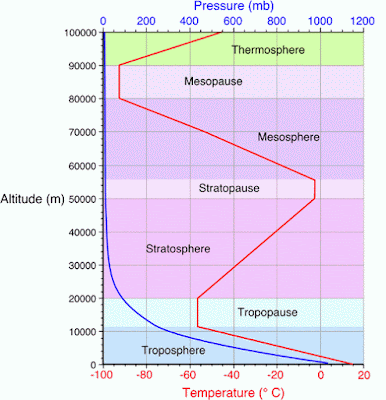The Great Storm, Southern England, 1987
Causes
- October 1987 started off fine and dry but quickly became unsettled and wet. In the days before the storm low pressure lingered off the west of Ireland, producing spells of wet weather across Britain.
- Warm air from Africa met cold air from the Atlantic Ocean, causing an intense depression.
- The depression developed over the Bay of Biscay on 15th October and moved northwards.
- The deepening of the depression to 958mb was believed to be the result of a very strong jet stream and warming over the Bay of Biscay which together probably released latent heat energy warming the air even more and reducing pressure even further.
- Weather forecasters thought it wouldn’t reach England, but by midnight it had changed course and moved towards the south coast.
- It was in fact not a hurricane, but a depression.
- Winds were over 100 km/hour and on the coast and winds reached gale force 11.
- The central pressure was 953 mb.
- There were rapid changes in temperature as the warm front passed over eg. in Farnborough 8.5°C to 17.6°C in 20 minutes.

Impact
Social
- 18 people died in the UK
- Many houses suffered damage leading to homelessness
- Communications were broken with trees falling on railway tracks and roads, and damage to power lines leading to blackouts.
- 5 million homes were without electricity.

- Numerous small boats were wrecked or blown away, with one ship being blown over and a Channel ferry was blown ashore
- Caravan parks were wrecked
- Cost £2 billion in insurance claims, so premiums went up for everyone next year
- Fire brigade had 6000 calls in 24 hours
- Buildings collapsed
- Losses from storm totalled £1.4 billion in the UK. 1 in 6 households in SE England submitted insurance claims.
 Environmental
Environmental- 15 million trees were uprooted, including 6 of the famous oaks trees in Sevenoaks
- Loss of habitats and biodiversity but fallen trees provided new habitats for some animals
- Some plants benefited as there was more light on the forest floor allowing them to grow
Prediction
- The storm of 1987 gained an almost mythical status as the storm that proved the weathers forecasters wrong.
- In reality this ‘1 in a 100 years’ event was very difficult to predict due to the speed of the drop in pressure.
- An evening weather forecast by the MET office correctly described the current state of the depression & its likely path.
- The veering of the storm to a more northerly track was noticed too late to allow for effective warning.
- Most people were asleep so wouldn't have heard the additional warnings.
- Warnings of severe weather had been issued, to various agencies and emergency authorities, including the London Fire Brigade.
- Perhaps the most important warning was issued by the Met Office to the Ministry of Defence at 0135 UTC, 16 October. It warned that the anticipated consequences of the storm were such that civil authorities might need to call on assistance from the military.
- Media reports accused the Met Office of failing to forecast the storm correctly.
- Repeatedly, they returned to the statement by Michael Fish that there would be no hurricane - which there hadn't been.
- It did not matter that the Met Office forecasters had, for several days before the storm, been warning of severe weather.
- The Met Office had performed no worse than any other European forecasters when faced with this exceptional weather event.
- This storm wasn't officially a hurricane as it did not originate in the tropics - but it was certainly exceptional. In the Beaufort scale of wind force, Hurricane Force (Force 12) is defined as a wind of 64 knots or more, sustained over a period of at least 10 minutes.
- By this definition, Hurricane Force winds occurred locally but were not widespread.
Responses
- Clear up took considerable time with emergency crews being drafted in from Northern regions where damage had been more slight.
- Losses from storm totalled £1.4 billion in the UK. 1 in 6 households in SE England submitted insurance claims.
- MET Office enquiry recommended that observational coverage of the atmosphere over the ocean to the S and W of the UK was improved by increasing the quality and quantity of observations along with refinements made to computer models used in forecasting.
- A significant clean up of fallen trees was criticised by ecologists for removing damaged broad leaf trees that would have recovered with time.


























 The Soufriere Hills volcano is situated above a destructive plate margin, or subduction zone which forms the Puerto Rico Trench.
The Soufriere Hills volcano is situated above a destructive plate margin, or subduction zone which forms the Puerto Rico Trench. 
 Once the volcano was deemed dangerous to life, evacuations plans and Hazard maps were put into place. As the eruption progressed the zones were modified until the southern two thirds of the island were declared an exclusion zone.
Once the volcano was deemed dangerous to life, evacuations plans and Hazard maps were put into place. As the eruption progressed the zones were modified until the southern two thirds of the island were declared an exclusion zone.











